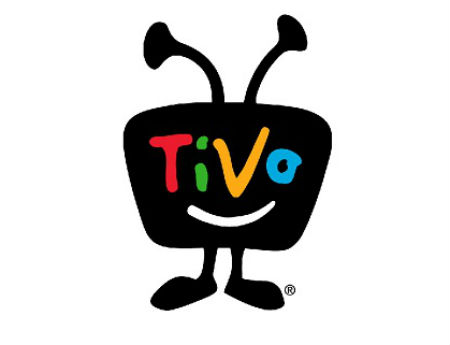TiVo Crafts ‘Embedded’ Switched Digital Video Tech

As part of its big summer software release, TiVo has developed an “embedded” way of supporting cable switched digital video (SDV) without having to rely on a separate Tuning Adapter.
The embedded SDV technology, built into the newly released software client, is initially in place to support TiVo devices deployed by the company's MSO partners, though it’s technically possible that it could be applied to TiVo boxes that are sold at retail and operate on cable systems that employ switched digital video. Dave Zatz of the ZatzNotFunny blog first referenced the existence of the new embedded SDV feature on the TiVo forum.
SDV, a technology championed by operators such as Time Warner Cable and Cablevision Systems, delivers a subset of channels in a multicast switched tier that are delivered only when a customer in a given service group requests them for viewing. TiVo DVRs don’t inherently support SDV, so the cable industry came up with a device called the Tuning Adapter to ensure that those users could still view channels in the MSO’s switched tier. But the approach is a bit of a kluge because it requires the user to latch on an additional power-sucking device.
In this new embedded approach, the new software, used in tandem with additional headend work, would do the same job, only without needing a clunky, separate box.
Similar to the way TiVo supports cable VOD services, the embedded SDV implementation uses a proxy in the network, enabling the TiVo box outfitted with the updated software client to communicate through an IP channel and access channels in the switched tier, Jim Denney, TiVo’s vice president of product management, explained.
TiVo originally developed its embedded SDV solution for partner BlueRidge Communications, and plans to do the same for Canada’s Cogeco, explained Todd Kulick, TiVo’s VP of technology and principal engineer. Cogeco recently announced that it had scrapped an IPTV project in favor of a next-gen video platform powered by TiVo.
The embedded SDV component, Denney said, “is enabling part of our wholesale business.”
Multichannel Newsletter
The smarter way to stay on top of the multichannel video marketplace. Sign up below.
He said the same approach could be used on TiVo boxes sold at retail, but noted that, because it requires some headend work, it would require negotiations and some form of an agreement with the cable operator. He said TiVo’s technical team is already holding discussion with operators about a way to support SDV without a Tuning Adapter.
TiVo doesn’t break out how many of its customers need Tuning Adapters, but the bulk of them are customers of TWC, which has deployed SDV widely.
Embedded SDV support is just one feature that graced TiVo’s significant summer release.
Among the bigger additions with summer software release (20.4.1) is TiVo’s move away from Adobe Flash for its user interface and applications, and its conversion to Haxe, an open-source multiplatform programming language. In addition to improving performance, particularly on TiVo’s Series 4 platform, it gives TiVo a unified look and feel across the Roamio, Premiere and TiVo Mini.
The conversion to Haxe also gives TiVo the potential to support a cross-section of devices without having to recreate applications for them. As shown in this slide about the company’s Haxe-related work and a broader “TiVo Anywhere” strategy, the Amazon Fire TV, Xbox consoles as well as smart TVs represent the sort of hypothetical devices that TiVo could support thanks in part to its conversion.
“We’re experimenting with that now,” Denney said, noting that TiVo demonstrated at this year’s Cable Show in Los Angeles how its core app could run on non-TiVo CE hardware. “The implication of how that rolls out is all still a work in progress. But it holds promise in terms of being able to run the application on multiple devices.”
Other companies have similar ideas, though under different approaches. ActiveVideo, for example, has demonstrated how its cloud-based system could deliver the TiVo UI as well as Comcast’s X1 interface to a variety of devices, including Roku boxes, connected TVs and older, QAM-only DCT-2000 digital set-top boxes.
There are other benefits to TiVo’s Haxe conversation. Pieces of TiVo’s Haxe code for the set-top box, for example, can also be used to manage TiVo’s mobile apps and help the company “normalize” how its software clients interact, Denney said.
